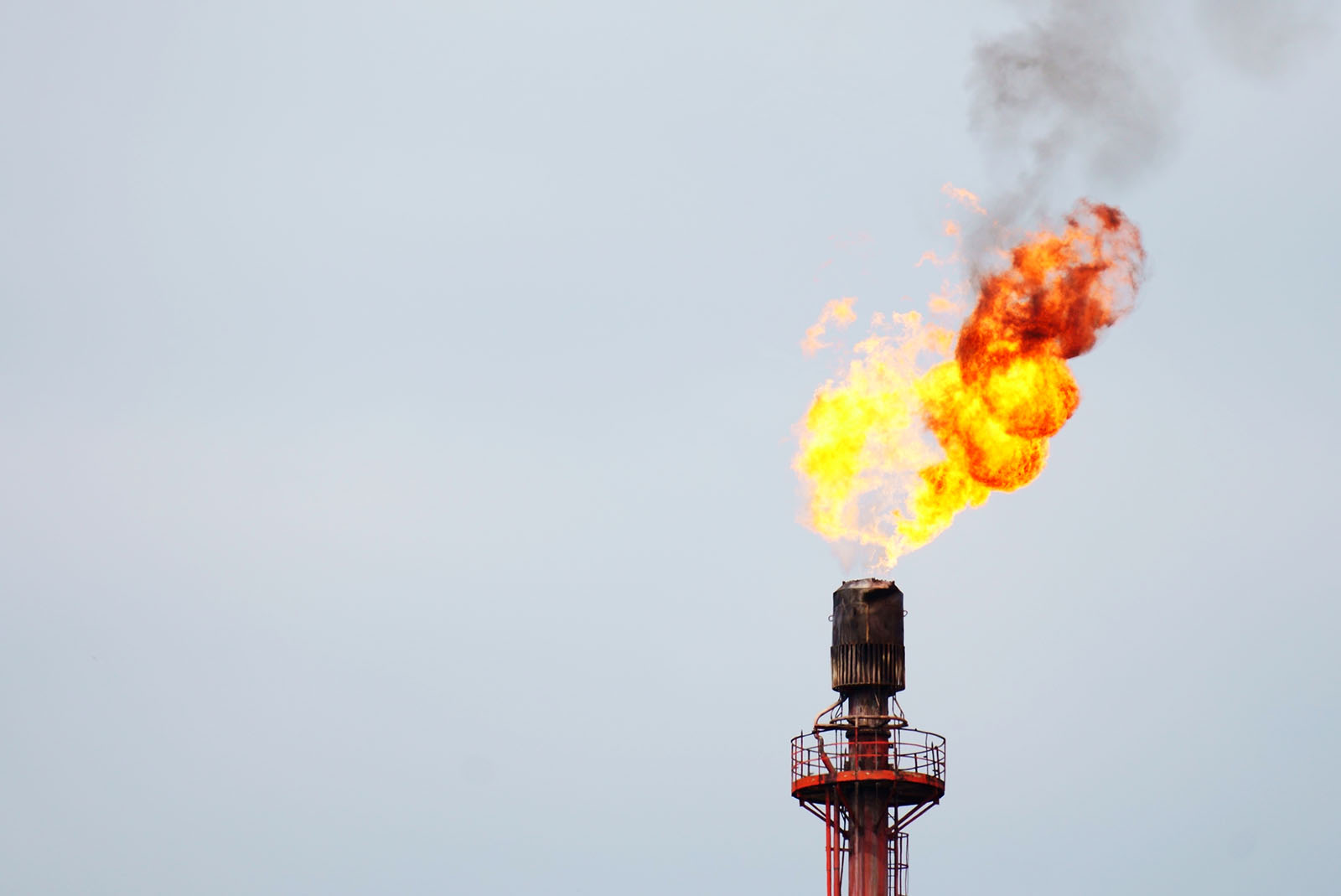combustion engineering
Products
We manufacture two basic types of ignition system; the gas flame system and the electrical spark-only system, both of which are described in the following paragraphs.
See the example systems page for details of some of the systems we have manufactured, including some of our bespoke systems.
Spark-Only Systems
Our spark-only systems are used on applications where a continuously pulsing high tension spark is required. A spark-only system consists of:
- a control unit that provides an interface with the user and supplies a low voltage current to the;
- coil, which produces a high tension current which creates a spark across a suitable spark-gap. The spark-gap may be an integral part of the coil or a separate assembly.
For more information on the equipment suitable for use on spark-only systems, see the pages on control units and coils.
Flame Systems
Flame systems are used on a variety of applications where a robust, stable flame is required. Flame systems use a mixture of air and fuel gas to produce a flame similar to that of an oxy-acetylene or blowtorch. There are two types of flame system; the inspirated system and the premix system. Both types consist of a combination a control unit, premix unit, torch and other ancillary equipment.
- The control unit is the system’s interface between either the user or the main burner-management-system. It initiates and monitors the system, and reports system status back to the user, or burner-management-system.
- The premix unit is used to control and mix the air and fuel gas, with pressure regulators and jets (orifices), supplied to the torch on premix systems.
- The torch simply provides the flame where it is needed.
For more information on the equipment suitable for use on flame systems, see the pages on control units, premix units, torches and ancillary equipment.
Our flame systems incorporate the following features:
- Local and/or remote operation.
- Local and/or remote indication of system status.
- Ignition coil mounted on torch, eliminating long lengths of HT cable.
- Flame detection by the principle of flame rectification.
- Can burn any commercial fuel gas.
Inspirited Systems
Inspirated systems (or natural draught systems) use air taken directly from the atmosphere and have a lower heat release than an equivalent premix system. They are particularly useful for applications that are in continuous use or where there is no compressed air supply. Inspirated systems may be operated with gases or gases having a variable calorific value without adjusting the system settings. The versatility of our pilots makes it possible to burn natural gas or a gas containing 90% hydrogen on the same system without making any changes to the system.
When the system is initiated, the control unit sends a pulsed, low voltage signal to a coil mounted on the torch. The coil produces a high voltage signal which creates a spark across a spark-gap in the torch. If the spark is detected by the control unit, a solenoid valve is opened to allow fuel gas to flow to the torch.
On reaching the torch, the fuel gas flows through a jet, which controls the gas flow and directs a stream of gas into a venturi. The venturi reduces the pressure of the gas and induces air into the torch, where it mixes with the fuel gas. This fuel gas and air mixture flows to the torch tip where it is ignited by the spark and a flame is emitted from the torch tip.
After about four seconds of sparking, the control unit stops the spark and attempts to detect the flame. If a flame is detected, the system will continue to operate until shutdown or the flame is not detected. If a flame is not detected at any time, the system will automatically shut-down.
Premix Systems
Premix (or forced-draught systems) use compressed or fan air and fuel gas to give the maximum heat release and are particularly suited to light-up and short duration applications. These systems consist of a control unit, premix unit and torch, as illustrated below.
The above diagram shows a typical premix system for use in a potentially explosive atmosphere which has Ex certified valves, enclosure and ignition coil.
When the system is initiated, the control unit sends a pulsed, low voltage signal to a coil that is mounted onto the torch. The coil produces a high voltage signal which creates a spark across a spark-gap in the torch. The control unit detects the presence of a spark and opens the solenoid valves on the premix unit. A mixture of air and fuel gas flows to the torch where it is ignited by the spark. After about four seconds of sparking, the control unit stops the spark and attempts to detect the flame. If a flame is detected, the system will continue to operate until shutdown or the flame is not detected. If a flame is not detected at any time, the system will shut-down.
